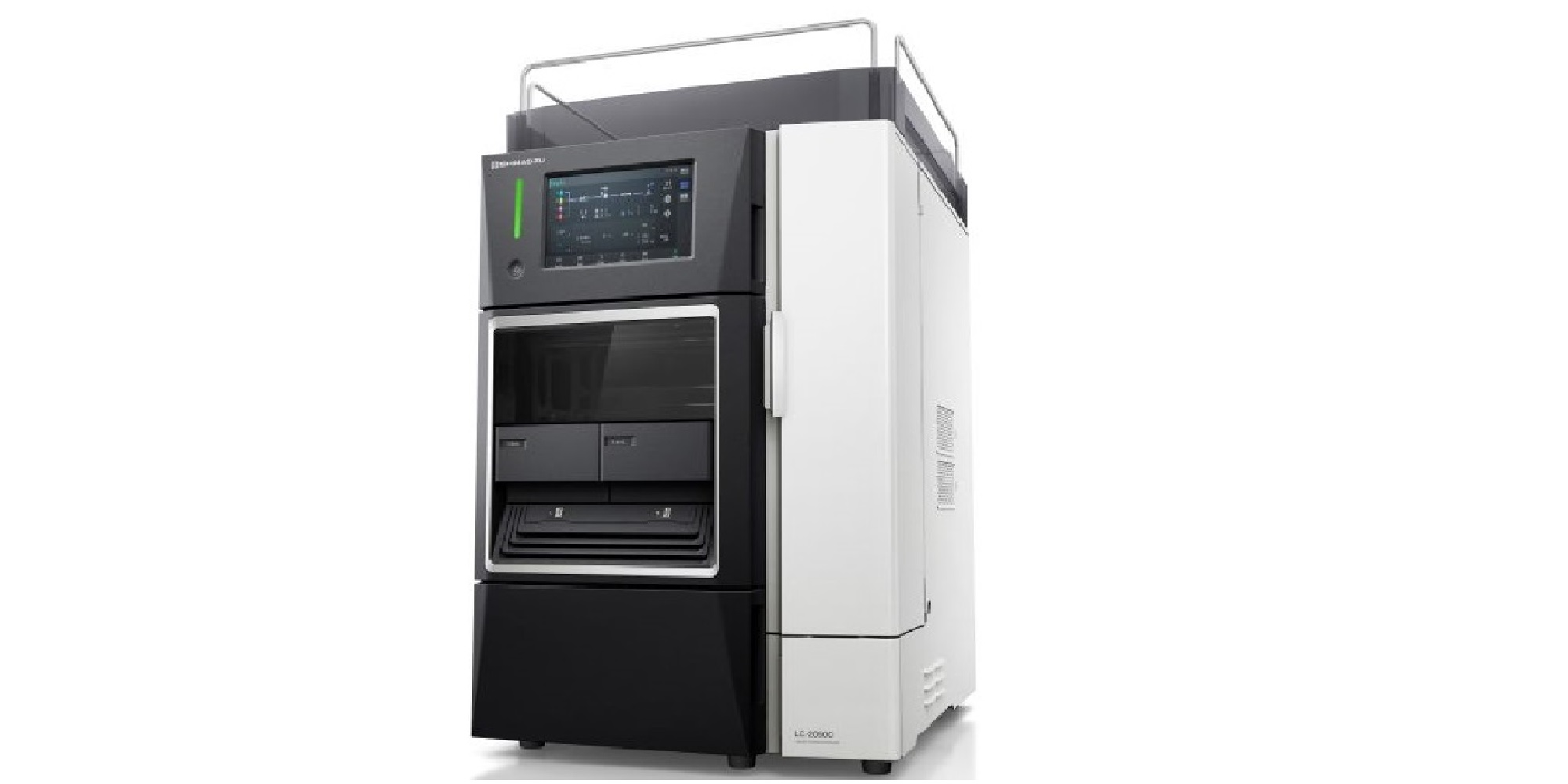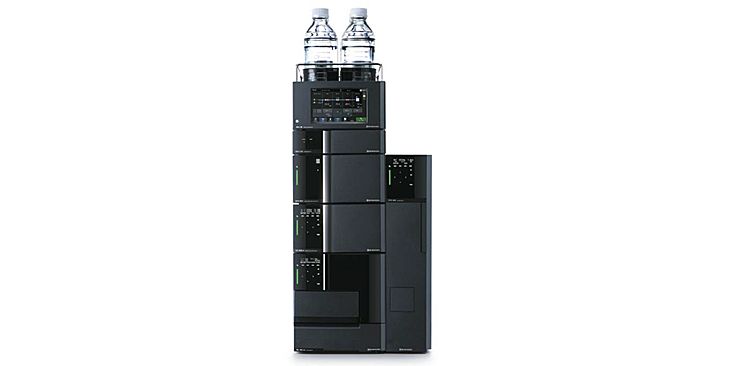Flow Line Leakage
HPLC Troubleshooting Course
14 - Flow Line Leakage
15 - Course Summary
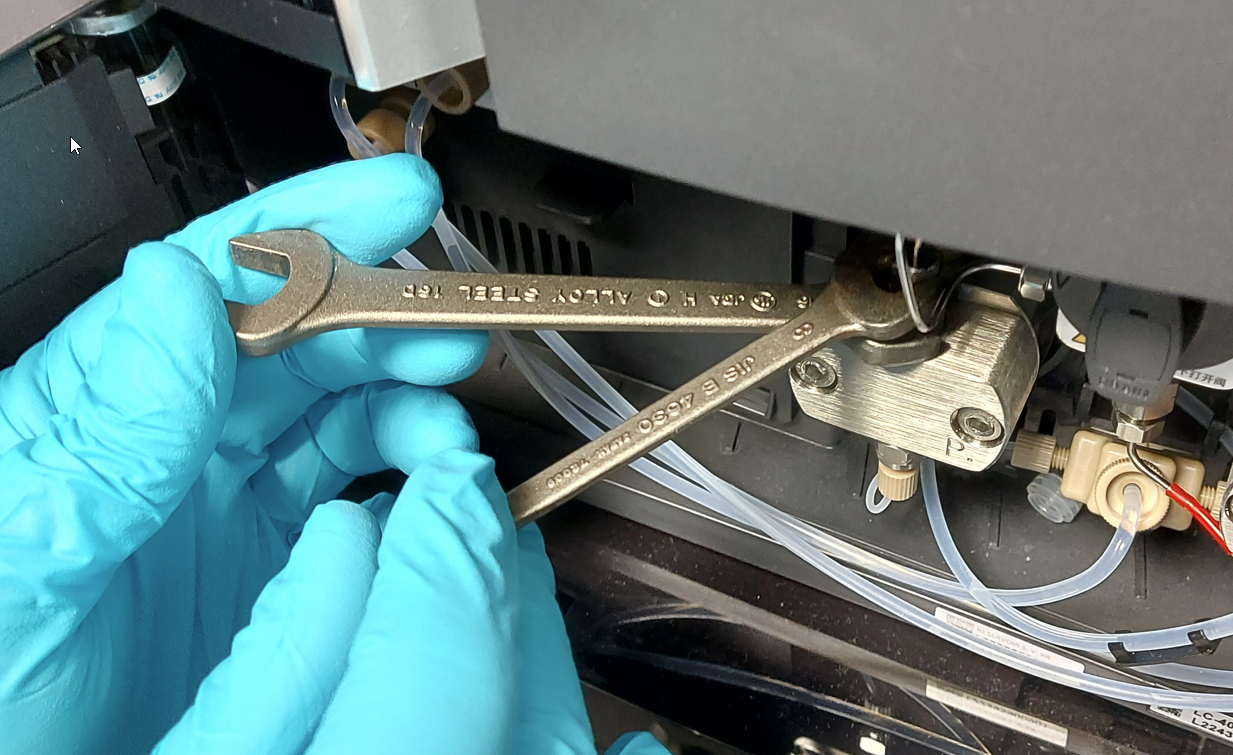
In the last part of the troubleshooting course, we discuss ways of detecting and fixing flow line leaks.
Most newer HPLCs on the market already contain leak sensors that alert you to escaping mobile phase via contact or gas sensors. However, leaks can also become noticeable in other ways. For example, the back pressure of the run may be lower than expected. If the leak is between the pump and mixer in a high-pressure system, it can also lead to retention time fluctuations.
If a capillary is leaking, lightly tightening the relevant connection often helps. If the leak cannot be fixed, replacing the capillary or connection is the only remedy.
Leakage in the Pump

When working with buffer solutions, the use of a piston backflushing system is strongly recommended. Otherwise, buffer salts can crystallize behind the piston seal and damage the piston seal or piston. This results in a larger leak, which can lead to a total pump failure.
Small leaks in the piston seal are noticeable by an increasing liquid level in the piston backflushing system, as the flushing solution is in a closed system. Therefore, it is advisable to mark the liquid level on the piston backflushing bottle and check it regularly.
If a piston seal leak is detected, the only solution is to replace the seal itself.
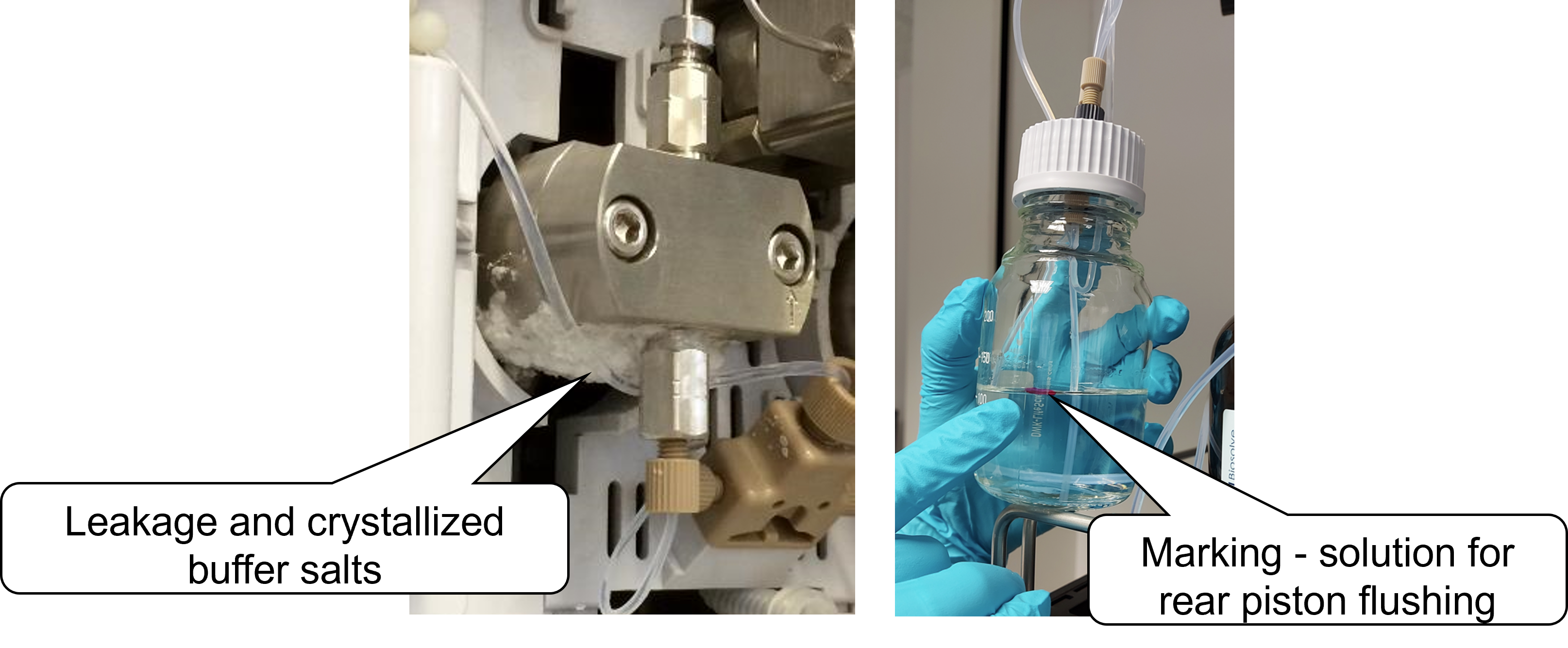
Leakage in the Detector

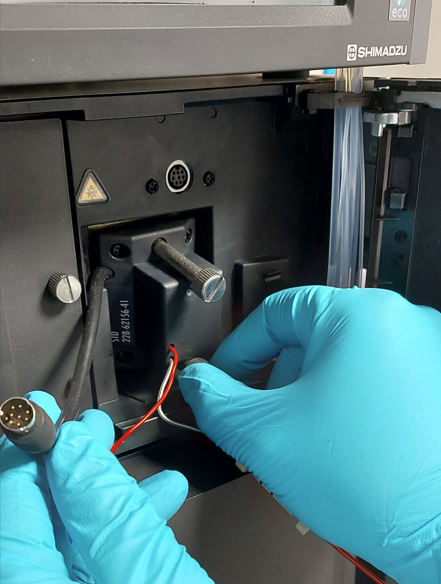
The cells of a detector also contain seals that can potentially become leaky. Always pay attention to the maximum allowable operating pressure of the detector cell. If this is exceeded, the seals can become leaky or, in the worst case, the cell can burst.
If the cell is leaking, it is advisable to remove it to locate the leak. The leaking connection can be replaced by a Shimadzu engineer or experienced users.
Things to Pay Attention To:

- Always route your waste tubes with a negative gradient to the waste container. This prevents a backflow in the lines, which can accumulate into the device. Also, avoid twisting the waste tubes.
- Keep common consumable parts in stock so that you have replacements on hand in case of a leak, such as a check valve, and avoid prolonged downtime of the HPLC.
- Pay attention to the fittings at the column head and tail from different column manufacturers. These can have different immersion depths for the capillary. Tubing should sit flush within the end of the column to ensure good chromatography conditions.
- There are suitable fittings for each pressure range for connection to the column. Pay special attention to the maximum allowable pressure for "finger tight fittings." If exceeded, they can become leaky or even burst. Finger tight fittings should not be tightened with any tool to prevent damage to the nut or ferrule.
This module concludes our online course – Troubleshooting in Liquid Chromatography. In the final section, you will receive a brief summary and also have the opportunity to obtain a certificate of participation by answering some questions in the test.
Your Shimadzu LC Team



